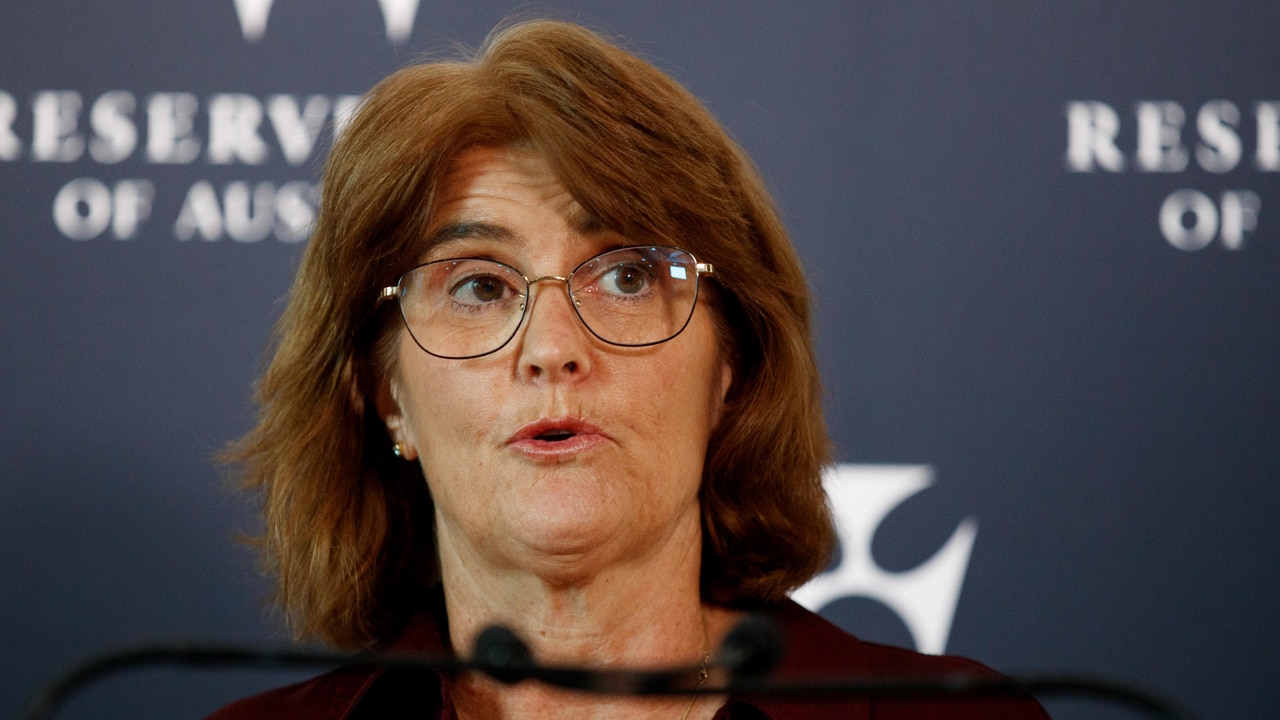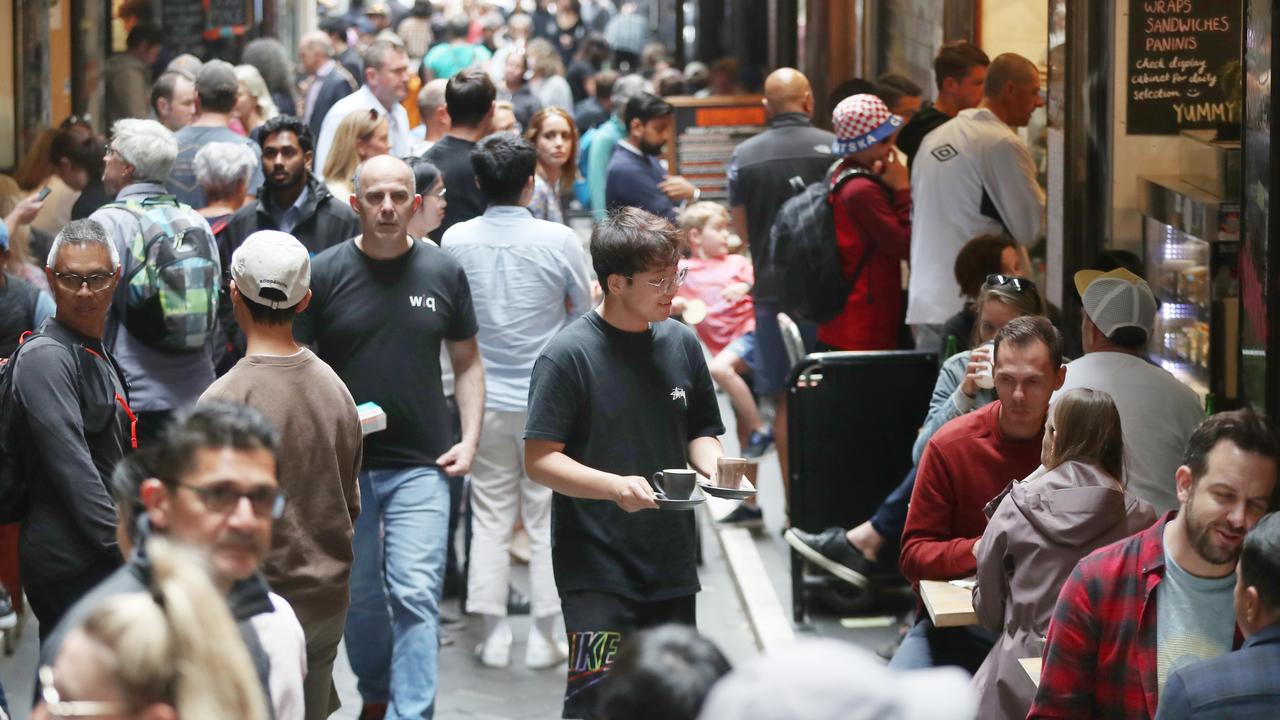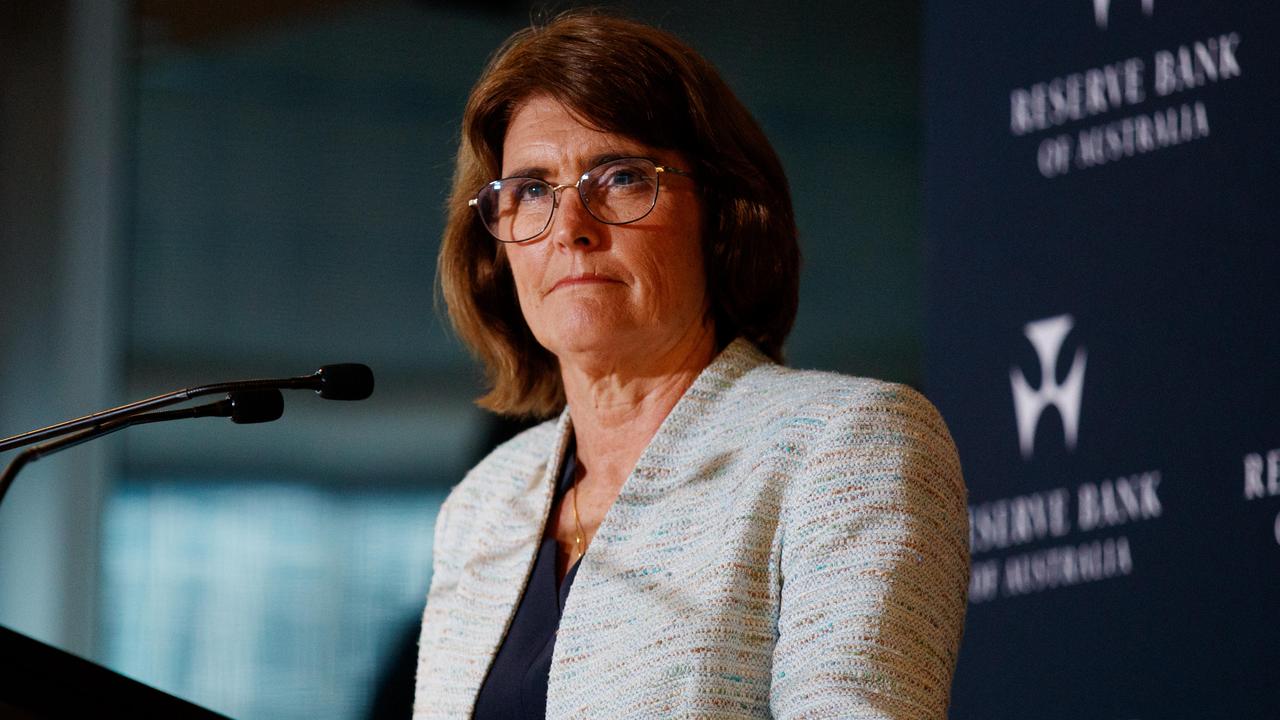‘It may seem harsh’: Why the RBA is holding interest rates
Aussies have reduced spending in line with Reserve Bank expectations, but it’s not enough to spark a rate cut.

Interest Rates
Don't miss out on the headlines from Interest Rates. Followed categories will be added to My News.
Mortgage holders are being warned they might need to hold on for at least another three months as the Reserve Bank of Australia focuses on bringing long-term inflation down.
The Reserve Bank left interest rates on hold at 4.35 per cent when they met on Tuesday.
The cash rate has remained at the figure for the last 12 months, with rate holders having one last chance for a rate cut in 2024 when the board meets in mid-December.
And while inflation is falling, it is yet to reach its target rate, with economists widely predicting the central bank will not move on rates this year.
All the major banks – ANZ, CBA, NAB and Westpac – forecast no rate change this year.

Commonwealth Bank head of Australian economics Gareth Aird had been predicting the Reserve Bank board would cut the rate at its final meeting in December.
But the bank has now fallen into line with the three other major banks, saying the RBA won’t move till its first meeting of 2025 in February.
“The data was almost certainly a touch too strong on the key underlying measure for the board to entertain the idea of a rate decrease this year,” Mr Aird said.
“The process of normalising the cash rate will be a story for 2025.”
All four big banks expect the RBA to cut rates at the February meeting.
Underlying inflation
Reserve Bank governor Michele Bullock is directing attention towards underlying inflation, which is a measurement that strips out sharp movement in prices.
In the September quarter, headline inflation only rose 0.2 per cent to 2.8 per cent, according to the Australian Bureau of Statistics.

But when these volatile items were removed, the underlying inflation rate fell to 3.5 per cent, down from 4.0 per cent in the June quarter.
“It may seem harsh for the RBA to hold the cash rate now that headline inflation has dropped to 2.8 per cent, inside the 2-3 per cent target band, but headline inflation provides a particularly distorted perspective on the September quarter,” BDO economics partner Anders Magnusson said.
The economist said the consumer price index, how Australia measured inflation, was distorted by fiscal policy measures that came in this quarter, including energy bill relief and greater commonwealth rent assistance.
“While these policies reduce headline inflation in the short term, they don’t reduce the underlying structural inflation that causes the instability that the RBA is battling,” Mr Magnusson said.
Employment gains
Despite underlying inflation remaining above the RBA’s target band, economists say it is time for the RBA to move on rates.
According to Australia Institute chief economist Greg Jericho, the RBA needs to move on rates to protect Aussie jobs.
“What we have seen, even the trimmed mean and underlying inflation has been coming down steadily,” he said.

“They don’t need to wait until it falls below 3 per cent. The economy is weak and household spending is flat,” Mr Jericho said.
“Coming into Christmas, households could use some relief, as the risks of rising inflation have been overtaken by the risks of unemployment rising.”
Mr Jericho said the Reserve Bank slammed on the brakes with the 13 interest rate rises, and if it waits too long to move on rates, it will undo the gains the economy has made in employment.
“We have a once-in-a 50-year opportunity to lock in unemployment at rates we haven’t seen since the mid-70s and that is what the Reserve Bank should be mindful of,” Mr Jericho said.
Originally published as ‘It may seem harsh’: Why the RBA is holding interest rates


